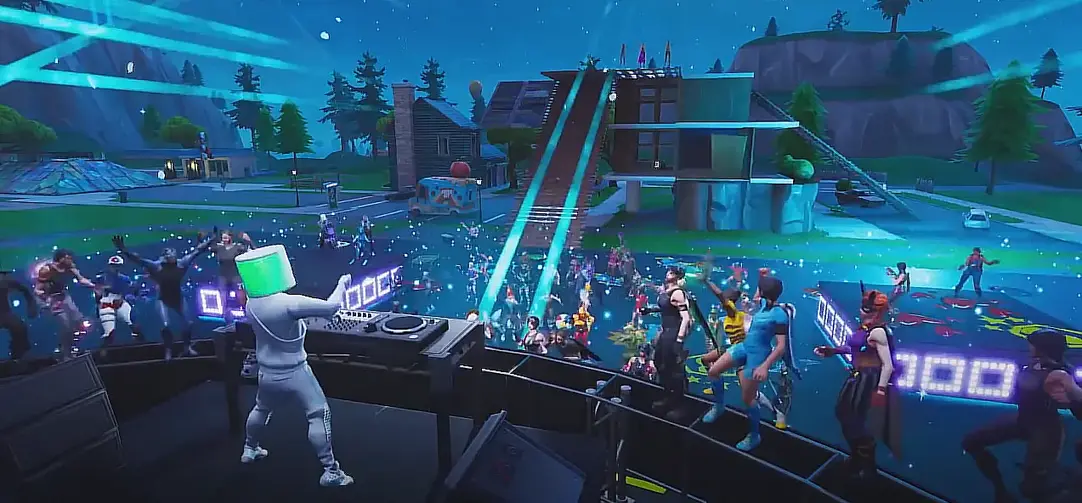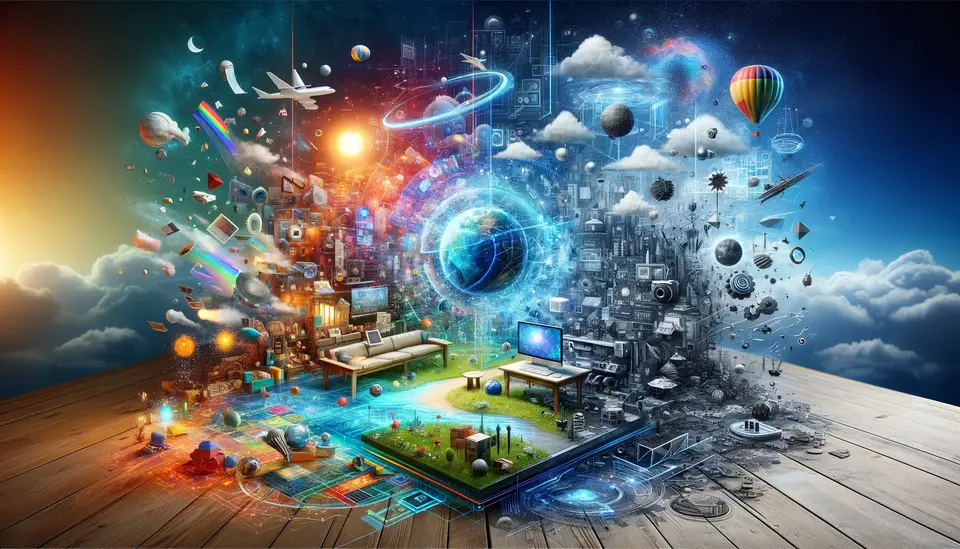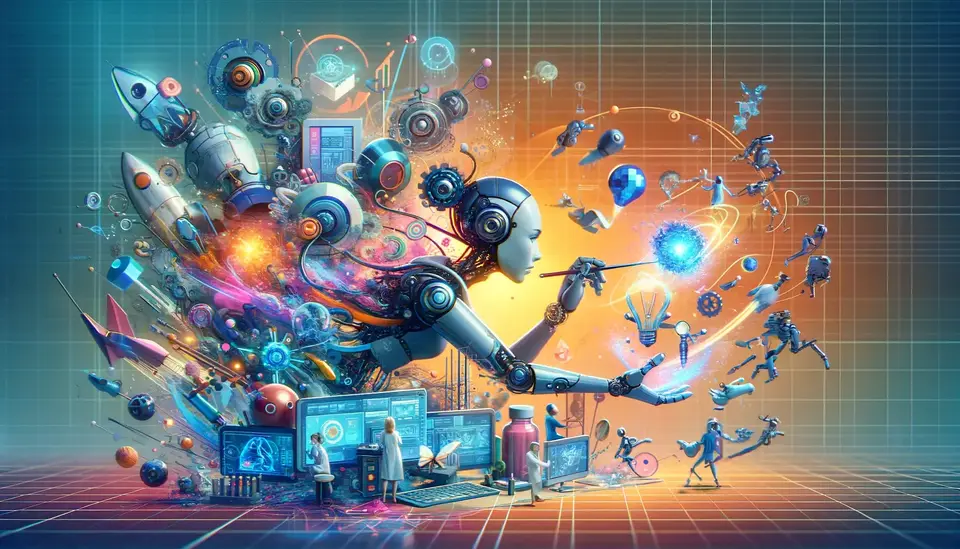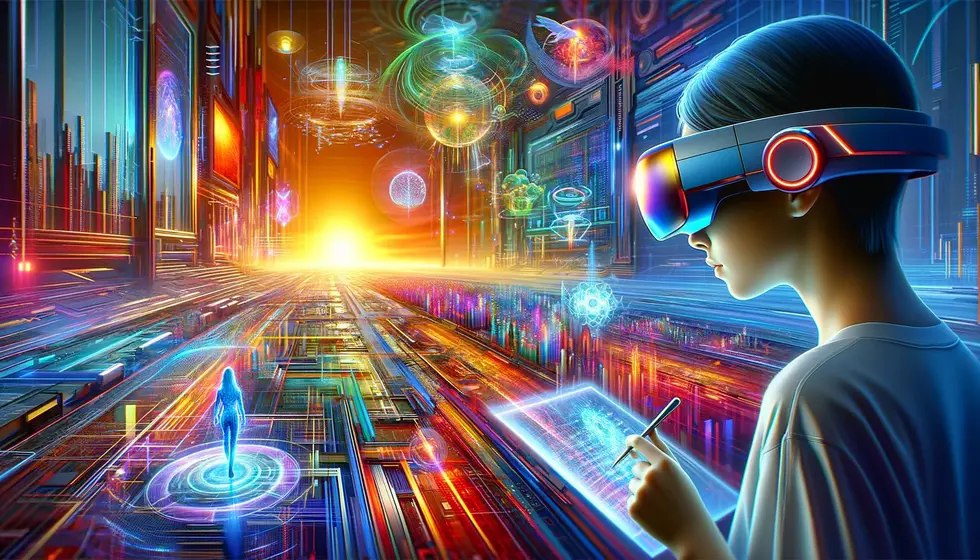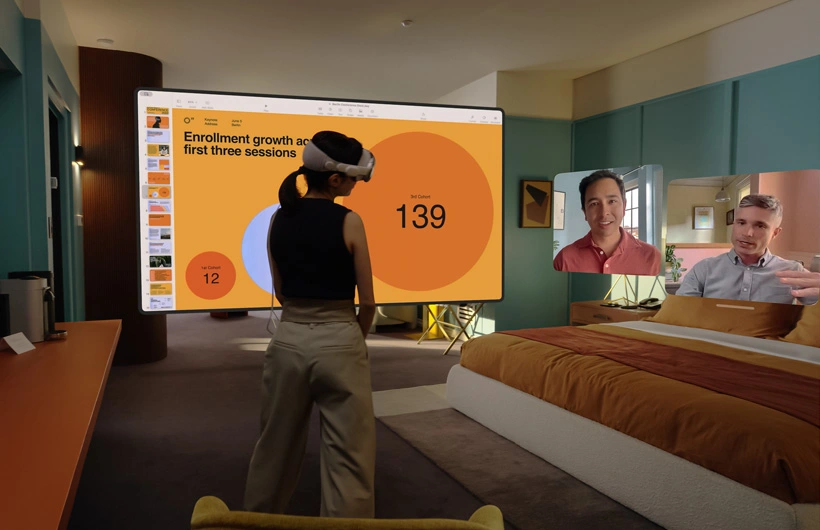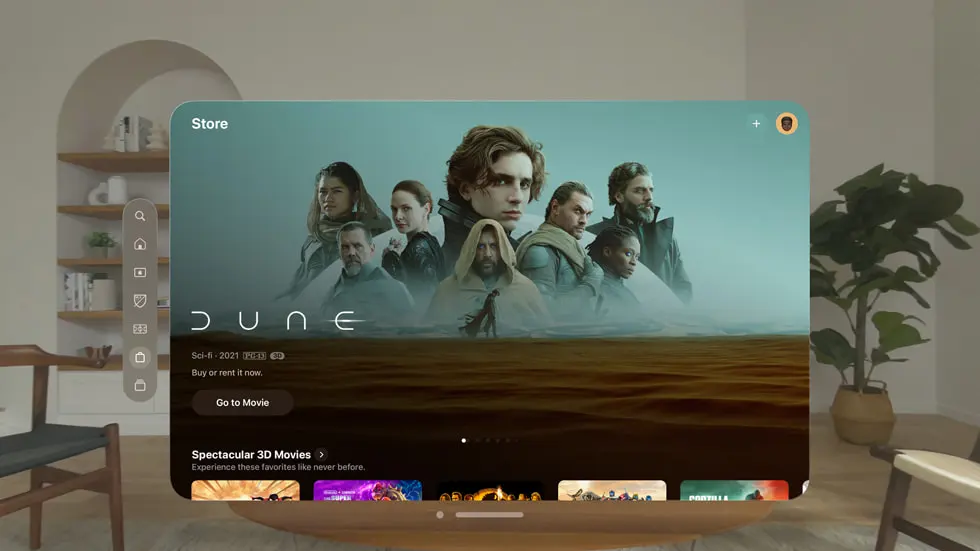15 Examples of the Use of Mixed Reality in Music
Posted on May 2, 2023 5 minutes 925 words
Table of contents
- 1. Virtual Concerts
- 2. Holographic Performances
- 3. Mixed Reality Music Videos
- 4. Collaborative Songwriting
- 5. Interactive Album Covers
- 6. Spatial Audio
- 7. Music Production and Sound Design
- 8. Music Education
- 9. Gamification of Music
- 10. Music-Themed Virtual Worlds
- 11. Live Mixed Reality Visuals
- 12. Augmented Reality Album Launches
- 13. Virtual Music Festivals
- 14. Wearable Mixed Reality Devices for Music
- 15. Therapeutic Applications of Mixed Reality Music
- Conclusion
Mixed reality (MR) is transforming the way we experience music, creating immersive and engaging experiences for artists and fans alike. In this blog post, we delve into 15 real-world examples of how mixed reality has been utilized to elevate music experiences and performances.
1. Virtual Concerts
Virtual concerts have taken the music world by storm, allowing artists to perform for global audiences without leaving their homes. In 2020, rapper Travis Scott held a record-breaking virtual concert in Fortnite, attracting over 27 million unique viewers. Similarly, Billie Eilish’s “Where Do We Go?” live-streamed concert showcased the potential of mixed reality in creating immersive and interactive experiences for fans.
2. Holographic Performances
Holographic technology has made it possible for deceased or unavailable artists to perform live on stage. The famous holographic performance of Tupac Shakur at Coachella in 2012 captivated audiences and set the stage for future holographic performances. Since then, holograms of Roy Orbison, Whitney Houston, and even a virtual Michael Jackson have wowed audiences around the world.
3. Mixed Reality Music Videos
Mixed reality music videos blend real-world footage with digital elements to create unique visual experiences. Björk’s music video for “Notget” utilizes mixed reality to bring the song’s story to life through captivating visuals. Gorillaz’s mixed reality app, launched alongside their album “Humanz,” allowed fans to interact with the band’s animated characters in their own environments.
4. Collaborative Songwriting
Mixed reality platforms like Soundstage VR enable musicians to collaborate on songwriting in real-time, regardless of their physical location. By creating a virtual studio, musicians can share ideas and build tracks together, breaking down geographical barriers and fostering creativity.
5. Interactive Album Covers
Mixed reality has transformed album artwork into interactive experiences. Radiohead’s “PolyFauna” app used elements from the band’s “King of Limbs” album cover to create an immersive virtual world for fans to explore. Similarly, Childish Gambino’s “PHAROS Earth” app offered an augmented reality experience based on his album “Awaken, My Love!”
6. Spatial Audio
Spatial audio technology in mixed reality environments creates a 3D sound experience for listeners. Apple’s spatial audio feature for AirPods Pro and Max users enhances the listening experience by creating a sense of depth and space in the audio, making it feel as if the music is coming from all around you.
7. Music Production and Sound Design
Mixed reality tools, like those found in apps such as AliveIn Technology’s AliveInVR, have revolutionized the process of music production and sound design. These tools allow producers to create music in a virtual environment, manipulating sounds and instruments in 3D space.
8. Music Education
Mixed reality has been employed for music education purposes, such as learning to play instruments, understanding music theory, or improving performance techniques. Apps like Virtual Piano Teacher and Music Everywhere help users learn to play the piano and guitar, while MelodyVR provides a platform for users to experience live performances from various perspectives.
9. Gamification of Music
Mixed reality has been used to gamify music experiences, allowing fans to interact with their favorite songs in novel ways. The popular game Beat Saber combines music and virtual reality, challenging players to slash incoming blocks in time with the beat of a song.
10. Music-Themed Virtual Worlds
Music-themed virtual worlds, such as TheWaveVR and High Fidelity, allow fans to explore and engage with their favorite artists’ work in an immersive environment. These platforms host virtual concerts, DJ sets, and even music-themed art installations, bridging the gap between music and digital experiences.
11. Live Mixed Reality Visuals
Mixed reality has been used to enhance live performances with interactive visuals that respond to the music and audience. During her “Witness: The Tour” in 2017-2018, Katy Perry utilized mixed reality technology to create captivating visual effects that merged with her live performance, creating a truly immersive experience for concertgoers.
12. Augmented Reality Album Launches
Innovative album release campaigns have utilized augmented reality to generate excitement and fan engagement. For example, U2’s 2017 album “Songs of Experience” featured an AR app that allowed fans to interact with the album cover, revealing exclusive content and behind-the-scenes footage.
13. Virtual Music Festivals
Mixed reality has enabled the creation of virtual music festivals, providing fans with a unique experience without the need to physically attend an event. The 2020 Tomorrowland Around the World virtual festival attracted over one million viewers, offering a fully immersive and interactive experience that included multiple stages, performances, and virtual environments.
14. Wearable Mixed Reality Devices for Music
Wearable devices like smart glasses can create personalized mixed reality music experiences for users. Bose Frames, for example, are sunglasses with built-in speakers and AR capabilities, allowing users to listen to music while also receiving audio-based AR content that can enhance their experience in various environments.
15. Therapeutic Applications of Mixed Reality Music
Mixed reality technology has been used for therapeutic purposes, such as helping individuals with anxiety or depression through immersive music experiences. MindTravel, created by composer and pianist Murray Hidary, is a multi-sensory musical experience that combines live piano, visual projections, and virtual reality to promote relaxation and mental well-being.
Conclusion
The impact of mixed reality on the music industry is undeniable, providing exciting new ways for artists and fans to connect and experience music. As technology continues to advance, the boundaries between the physical and digital worlds will blur, opening up even more possibilities for immersive and interactive music experiences. Embracing these innovative technologies will undoubtedly shape the future of music and redefine the way we experience our favorite tunes.

